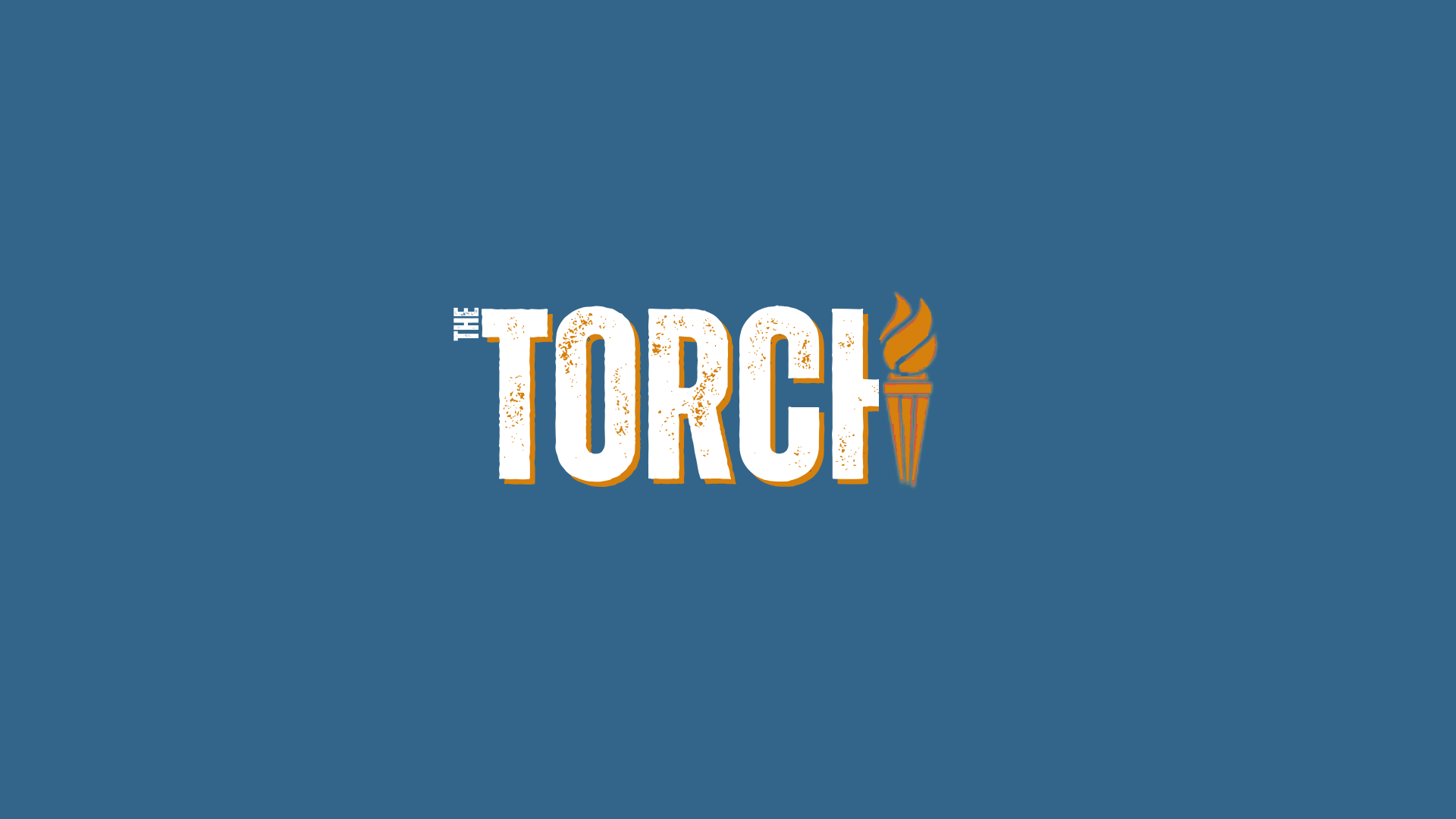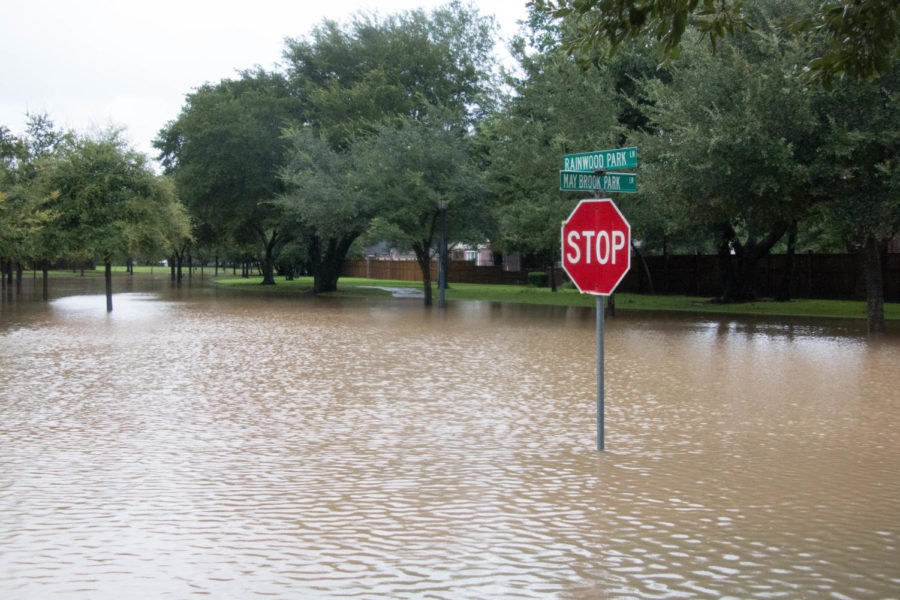Social Tragedies
Media Misunderstandings that Follow Catastrophic Events
November 6, 2017
Imagine getting robbed moments after losing everything due to a hazardous hurricane or being accused of bombing a national event, but having absolutely nothing to do with it. This is what social media converts to as natural disasters, mass shootings and terrorists attacks are happening all around the world. Social media, especially Twitter, has become the number one source on reading and learning about world news, yet it’s not always the most reliable. Overuse of the media has led to a change in the way people react to catastrophes, including citizens viewing hardships as perfect opportunities to take advantage of others and spread false information.
It’s evident that viral tweets have become the norm in today’s society due to the fact that scrolling through Twitter is how young people receive information on the world. This potentially leads to developing a false sense of reality, since teenagers essentially observe tragedies through their phones. Citizens, most importantly the youth, should be more aware about what is real on the internet and what isn’t, but since the advancement of technology and the increase in social media involvement, people tend to believe everything. For example, Sunil Tripathi was misidentified as one of the main suspects of the Boston Marathon bombings. Around the time of the attack Tripathi went missing, his face quickly became known in the media but not in the way him or his family intended it too. People online began to speculate the culprit of the disaster by zooming into a blurry picture taken the day of the incident and comparing it to Tripathi’s. Which caused hardships within his family; having to hear false rumors about their own child. During such drastic situations, social media is the last place to assume all news being shared on the internet is the wholehearted truth, no matter how much people want to feel involved in the world, it needs to be done in a considerable and impactful way.
With our generation centered around reading comments and shaping our opinions due to who we follow online, it changes our perspective on the way we view the world. Statistics show that tweets with misinformation or ‘memes’ are more likely to go as viral as breaking news, which prevents the youth from taking world life problems seriously. It’s hard to genuinely have sympathy for those who are going through these travesties in different parts of the world, nobody has the same issues in their lives, but more time should be spent on learning about them. Twitter gets flooded with insensitive tweets every second of everyday and has shaped into an environment that recognizes personal opinions over real and important facts.
Although, social media can also be utilized as a way to help those who have lost their homes during a natural disaster or looking for volunteer opportunities. It has definitely improved over the past decade on how quickly people of all ages discover the news and some even use their huge followings to spread awareness of particular breaking news. A recent example would be Hurricane Harvey, which spread in all sources of media, especially Twitter. The people of Houston resorted to their social media accounts to aid those who needed it, the spirit of the populated city shined through their hospitality.
Overall, social media has positive aspects, but people need to be aware of the negative impact it has on the world.


